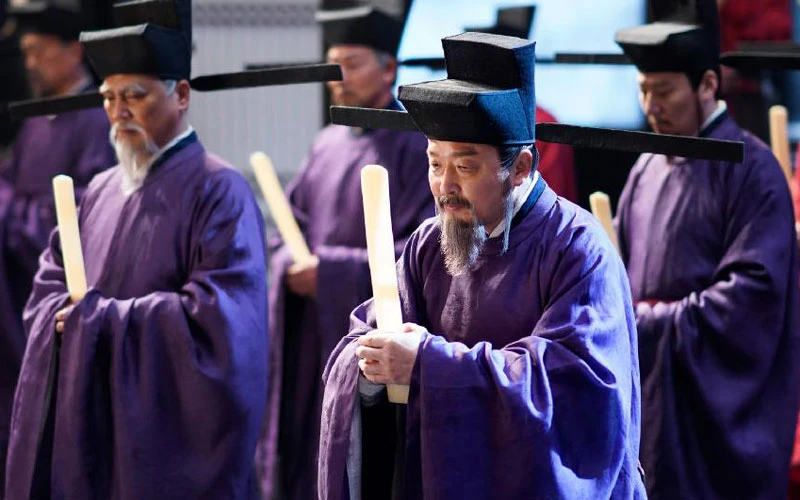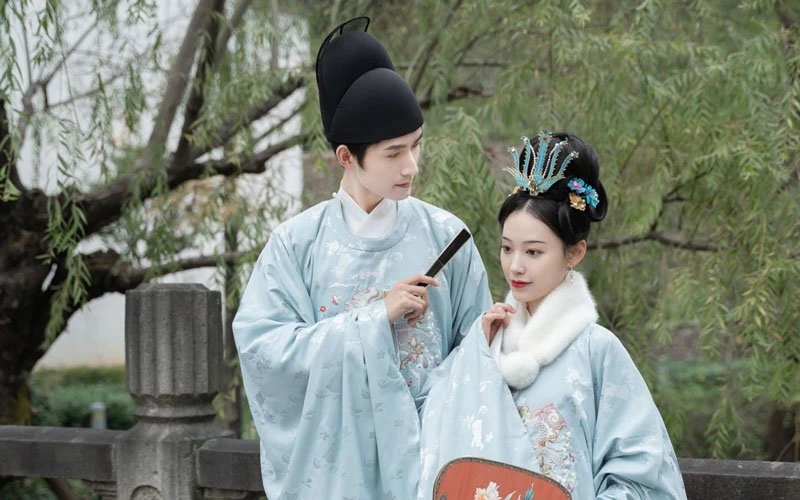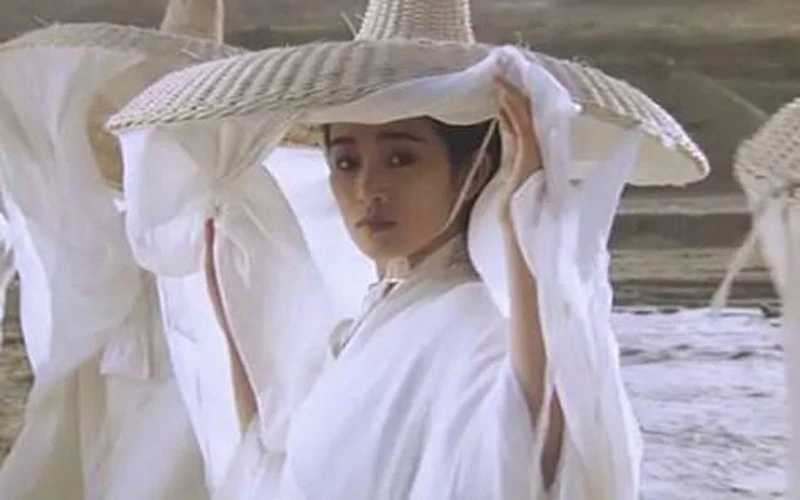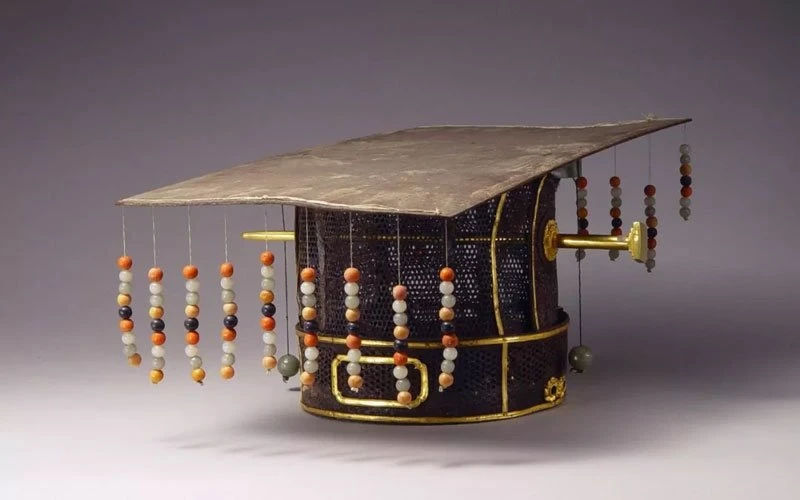-
Futou and Wu Sha Mao: The History of Ancient Chinese Official Hats
If you often watch Chinese historical dramas, certainly have an impression of the ancient Chinese official hats, especially the Wu Sha Mao, people are still accustomed to the "Wu Sha Mao" as a symbol of the official, "lost the Wu Sha Mao" means be dismissed from office. Today to introduce the history and characteristics of the Wu Sha Mao and other periods in the history of the Chinese official hats. Wu Sha Mao (乌纱帽, black gauze cap) is an ancient official hat, the original is a common civilian cap, the official wear Wu Sha Mao originated in the East Jin Dynasty, but as a component of the official uniform, began in the Sui dynasty, flourished in the Tang dynasty, to the Song dynasty, plus the "double wing", after the Ming dynasty, Wu Sha Mao only formally become a synonym for officials. The origin and shape of the Wu Sha Mao Wu Sha Mao is evolved from the Futou (幞头) in Sui and Tang Dynasty, and it is also directly called "Zhe Shang Jin (折上巾)" in the official literature of Song Dynasty. The Futou was originally a black square fabric with four corners, and after covering the top of the…- 7.4k
- 1
-
What is Chinese Headdress - Hanfu Traditional Hats Introduce
A complete set of Hanfu includes Shoufu (首服, hanfu headdress), Tiyi (体衣, hanfu clothes), Zuyi (足衣, hanfu shoes and socks) and accessories. Let's talk about the Chinese headdress today. Chinese headdress brief introduction The Chinese headdress is one of the important parts of ancient Chinese clothing, In ancient times, both men and women of Han nationality coiled their hair into a bun and fixed it on their heads with a hairpin. The main Chinese headdress is Guan (冠, crown, a hat that goes with a formal dress in ancient), Mao (帽, hats), Jin(巾, kerchief), etc. Mao mainly includes gauze hat (纱帽), hood (风帽)and Jin mainly has the black silk ribbon scarf (纶巾), the net kerchief (网巾) and so on. When the Yellow Emperor invented the Guan, the rite of adulthood of the Han nationality - the rite of male Guanli (冠礼) and the rite of female Jili (笄礼) - shows that Shoufu plays an important role in the national cultural psychology. Since the Qin Dynasty, there has been no separation of Yi and Guan (clothes and hats). However, due to the feudal concept, the number of women in the civilian class wearing the Guan is very small. Many years later, in…- 15.4k
- 0
-
Introduce of Hanfu Face Veil: Mili & Weimao
We often see the Chinese Hanfu face veil in Chinese movies and TV series, often bringing a sense of mystery, so today we're going to take a deeper look at it. Two Kinds of Hanfu Face Veil in Ancient China Mili (羃䍦, mi lí) Mili, a unique ancient hat ornament, was mainly used to conceal the face and body. It was first recorded in writing in the Jin Dynasty and was worn by both men and women at the beginning of its popularity, but it was mainly used by women in the Sui and Tang Dynasties and was abandoned in the Tang Dynasty. Weimao (帷帽, wéi mào) Weimao was originally a hu garment, originally called a Mili, which was usually made of black yarn, surrounded by a wide brim, with a hanging silkscreen or thin silk that reached down to the neck to cover the face. Usually, the length of the curtain is just long enough to show the shoulders. Historical Origins of Two Hanfu Face Veil Mi and Li were first used to refer to two items, namely, a silk scarf and a white cap respectively. It was not until the Jin Dynasty that the two words…- 8.4k
- 0
-
Brief of Emperor Hat in Ancient China
The emperor is the most powerful person in ancient China. This article introduces the emperor hat and the Guanmian system in ancient China. History of Chinese ancient hat system -- Guanmian China is known as "the country of etiquette". The system of dress etiquette has a long history, and it has a very rich connotation and a complete system. In ancient China, hats were called "Yuanfu (元服)" and "Shoufu (首服)". As the "highest" and "first" part of the whole body dress, Shoufu occupies an important position. It is not only an important symbol to distinguish officials and people in ancient China, but also a necessary means to mark the official rank of rulers. It is said that the hat ornament was invented by the Yellow Emperor. In the beginning, it was not used to prevent cold and summer, but to mark the ruling power and noble status, so it was widely used by the bureaucratic ruling class. At this time, the headdress should be called "Guan (冠)" and "Mian (冕)". After that, with the establishment of the hierarchical order of ethics, a whole set of clothing system has gradually formed. Guan, in ancient times generally refers to the hat worn…- 8.3k
- 0



